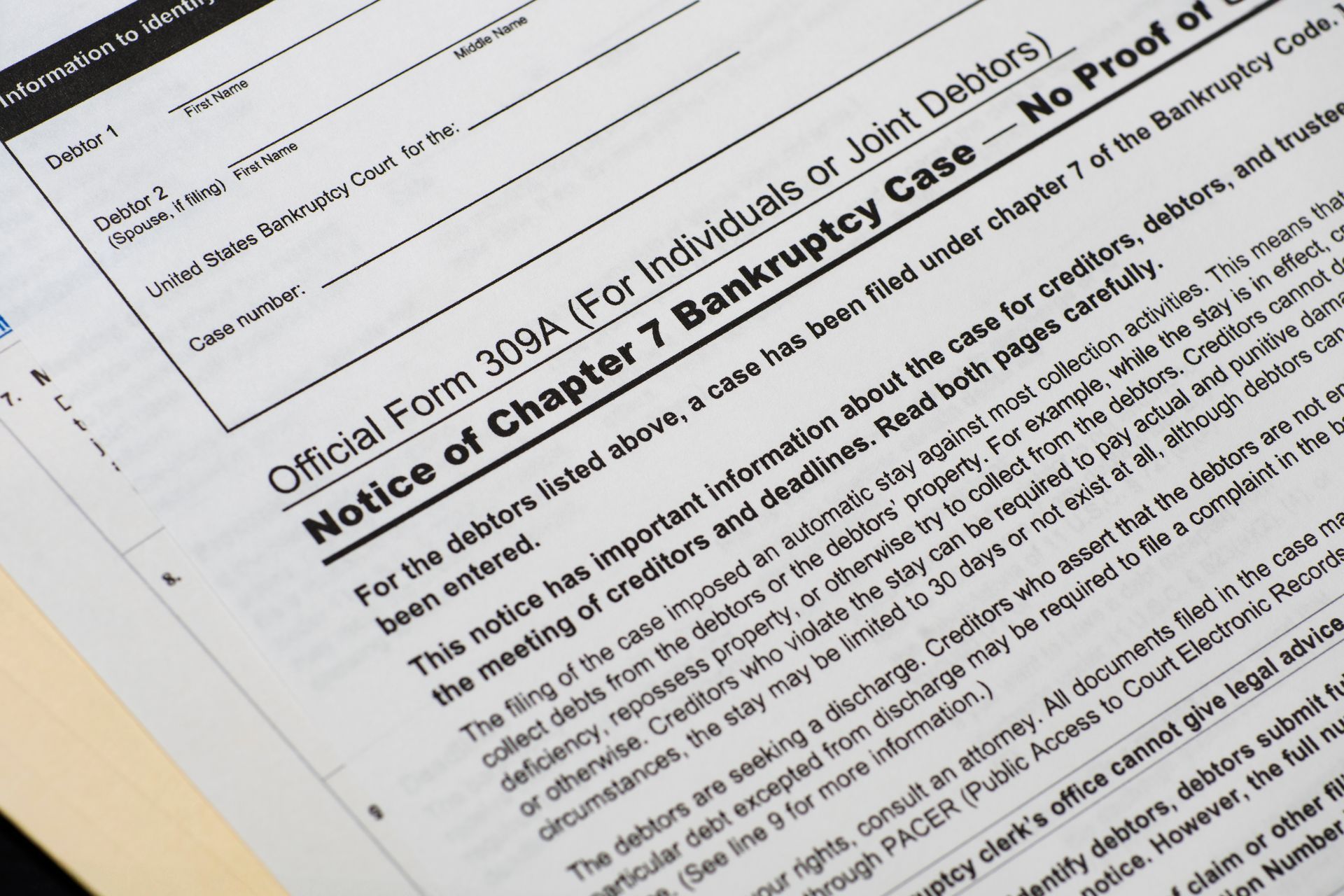What to Expect During a Texas Divorce: A Step-by-Step Guide
Divorce is never easy—but knowing what to expect can make the process feel more manageable. At Davis, Ermis & Roberts, P.C., we’ve guided countless clients across Tarrant County and Dallas County as well as the greater DFW area through Texas divorce proceedings with clarity and compassion. We are conveniently located in the heart of the metroplex with offices in both Arlington and Grand Prairie.
Whether you’re just starting to consider divorce or already in the process, here’s a step-by-step guide to help you understand what lies ahead.
Step 1: Filing the Petition for Divorce
The divorce process officially begins when one spouse (the "Petitioner") files an Original Petition for Divorce with the court. This document outlines basic information about the marriage and the issues that will need to be resolved—such as property division, child custody, and support.
Once filed, the petition must be served to the other spouse (the "Respondent"), unless they waive service.
Step 2: Waiting Period
Texas law requires a 60-day waiting period from the date the petition is filed before a divorce can be finalized. This gives both parties time to negotiate terms and, in some cases, attempt reconciliation.
There are exceptions to this rule, such as in cases involving family violence.
Step 3: Temporary Orders
During the waiting period, either spouse can request temporary orders to address issues like:
- Who stays in the home
- Child custody and visitation
- Temporary child or spousal support
- Who pays ongoing bills
These orders help create stability during the divorce process and remain in effect until the final decree is signed.
Step 4: Discovery and Negotiation
Both parties will exchange information about assets, debts, income, and other relevant matters through a process called discovery. This may include:
- Financial disclosures
- Interrogatories (written questions)
- Requests for documents
- Depositions
Once both parties understand the full financial picture, negotiation or mediation often follows. Many divorces are resolved through settlement—without going to trial.
Step 5: Final Hearing or Trial
If a settlement is reached, the terms are presented to a judge for approval during a prove-up hearing. If no agreement is reached, the case proceeds to trial, where a judge will decide all outstanding issues.
At the end of this step, a Final Decree of Divorce is signed, officially ending the marriage and outlining all terms of the divorce.
Step 6: Post-Divorce Matters
Even after a divorce is finalized, you may need to address:
- Modifications to custody or support
- Enforcement of court orders
- Name changes or property transfers
Our team is here to support you through every stage—even after your case is closed.
Why Legal Guidance Matters
Divorce impacts nearly every part of your life—your finances, your family, and your future. Having an experienced family law attorney ensures your rights are protected and that the process goes as smoothly as possible.
At Davis, Ermis & Roberts, P.C., we take pride in helping clients navigate divorce with dignity, clarity, and strong legal support. Whether your case is simple or complex, we’re committed to helping you move forward with confidence.
Considering Divorce? Let’s Talk.
Contact Davis, Ermis & Roberts, P.C. today at (817) 265-8832 to schedule a confidential consultation.


